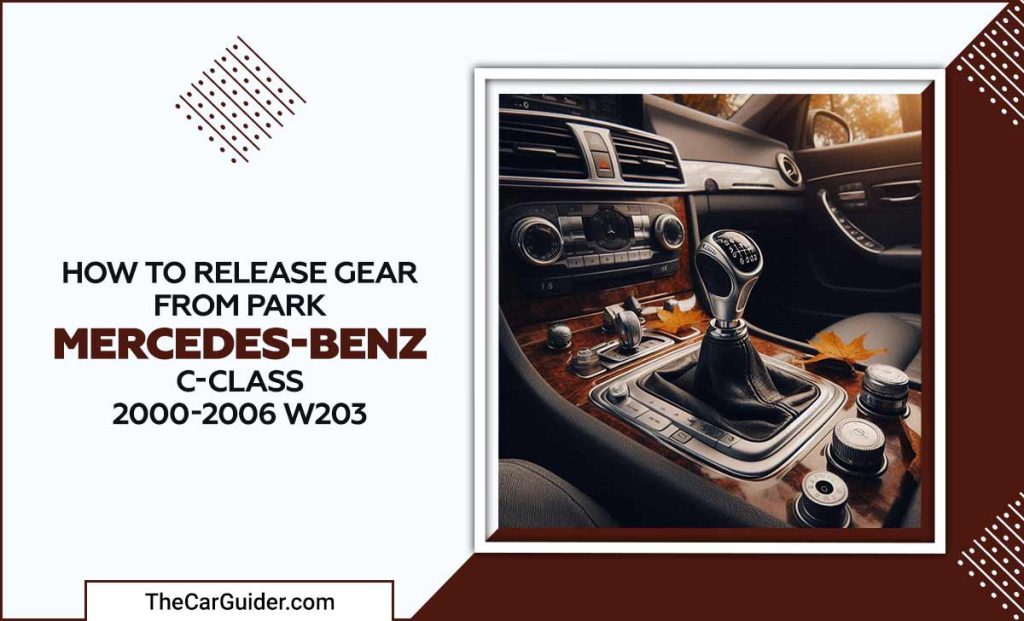The Mercedes-Benz C-Class 2000-2006 W203 is a classic model known for its luxurious features and advanced technology. Driving a Mercedes-Benz C-Class W203 is a luxurious experience.
However, sometimes even the most basic tasks can be challenging, such as releasing the gear from the Park. If you are struggling with this issue, don’t worry, we’ve got your back.
Here, we will explain how to release gear from the park Mercedes-Benz C-class 2000-2006 w203. We will also cover the common issues Mercedes-Benz owners face with their gear shift and some maintenance tips to prevent them. So sit tight and read on to learn about the gear system in your car and how to maintain it for smooth and effortless driving.
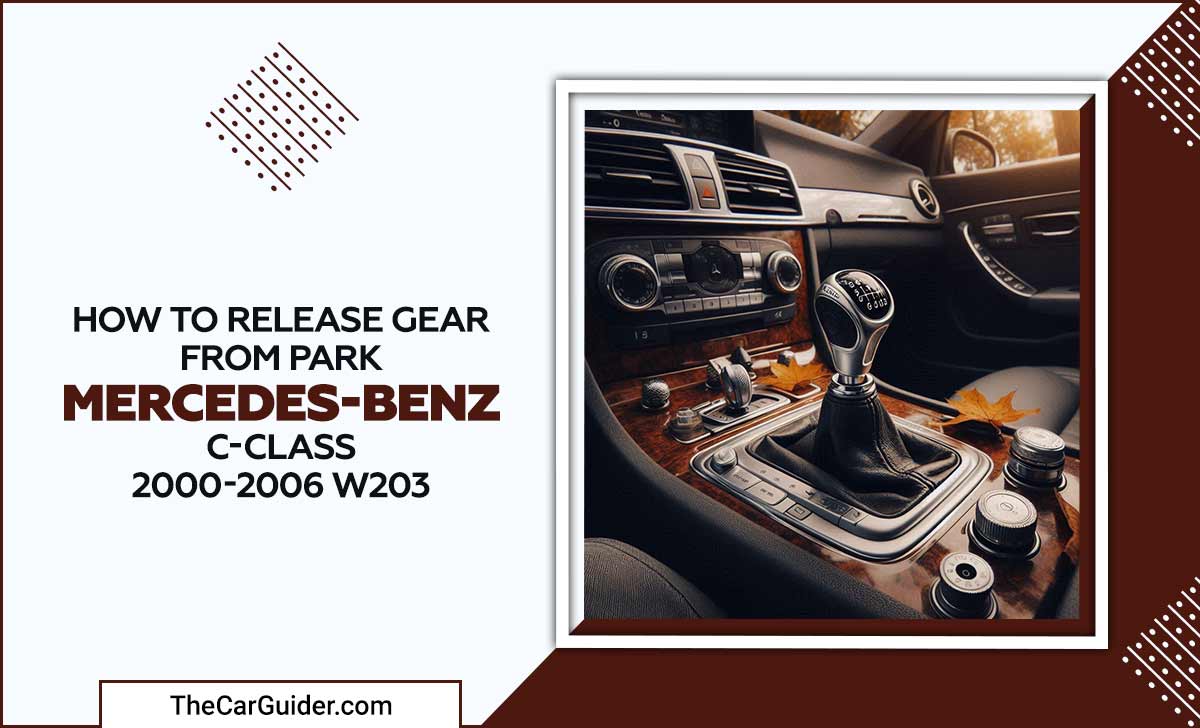
Steps To Release Gear From Park Mercedes-Benz C-Class 2000-2006 W203 W209 W210 W211
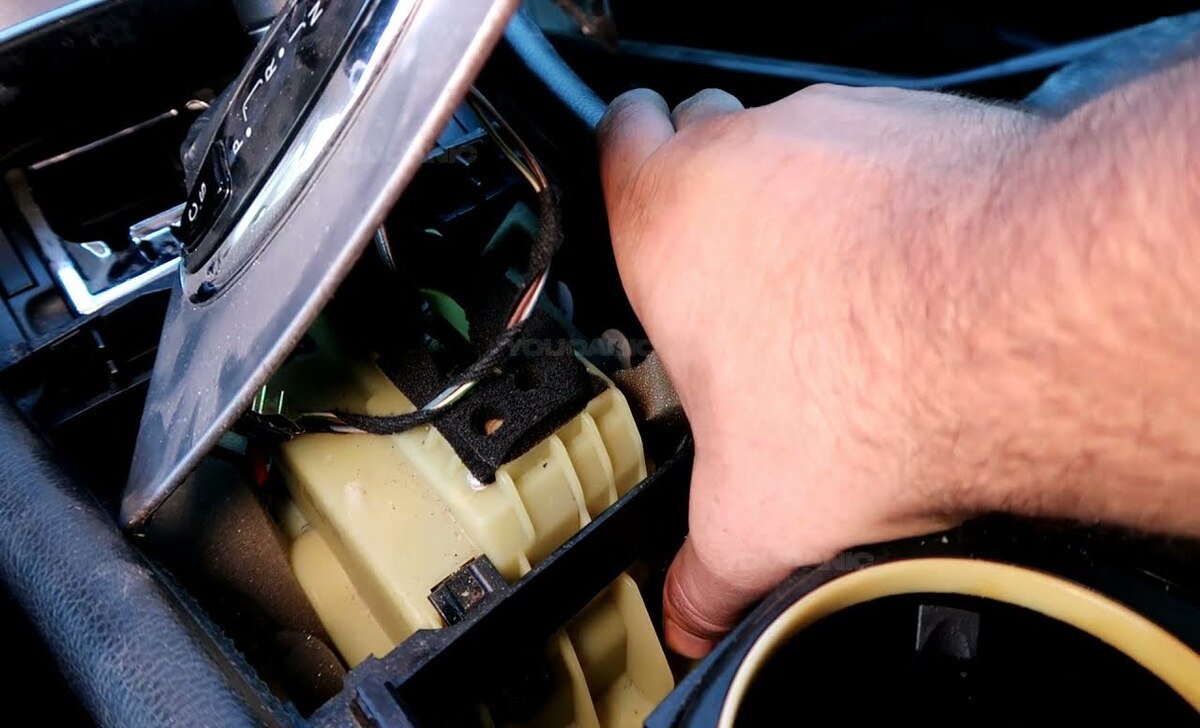
Depress the brake pedal while starting to release the gear from the Park. Ensure the transmission shift interlock is functioning. Check for obstructions in the gear shift mechanism. Utilize the manual override in emergencies. Seek professional assistance if troubleshooting fails. You need to follow a few steps to release gear from the park Mercedes-Benz C-class 2000-2006 W203 and Mercedes-Benz C-Class C230 Sport.
Step 1: Park On A Level Surface
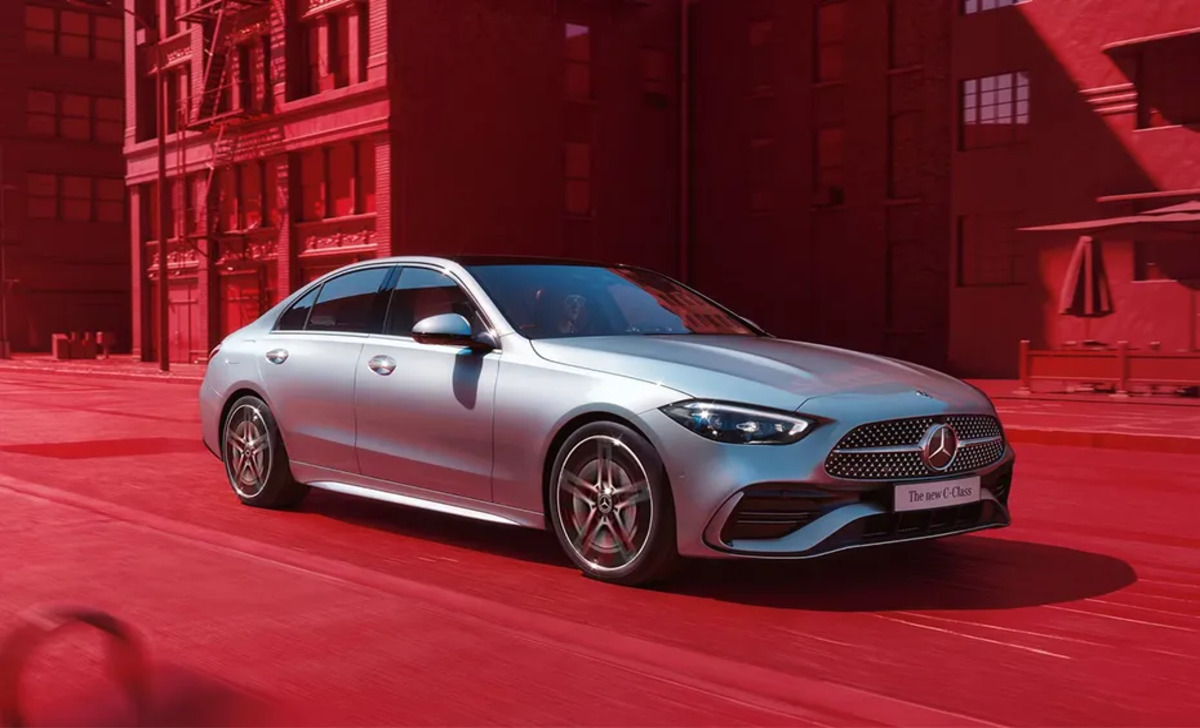
Ensure the Mercedes-Benz C-Class 2000-2006 W203 vehicle is parked on a level surface. This is important to ensure the safety and stability of the vehicle during the gear release process. Finding a flat and even surface is crucial to minimize any potential risks or accidents that may occur when attempting to release the gear.
Before proceeding to the next step, take the time to carefully assess the parking location and make any necessary adjustments to ensure the vehicle is stable and secure.
Step 2: Engage The Brake Pedal
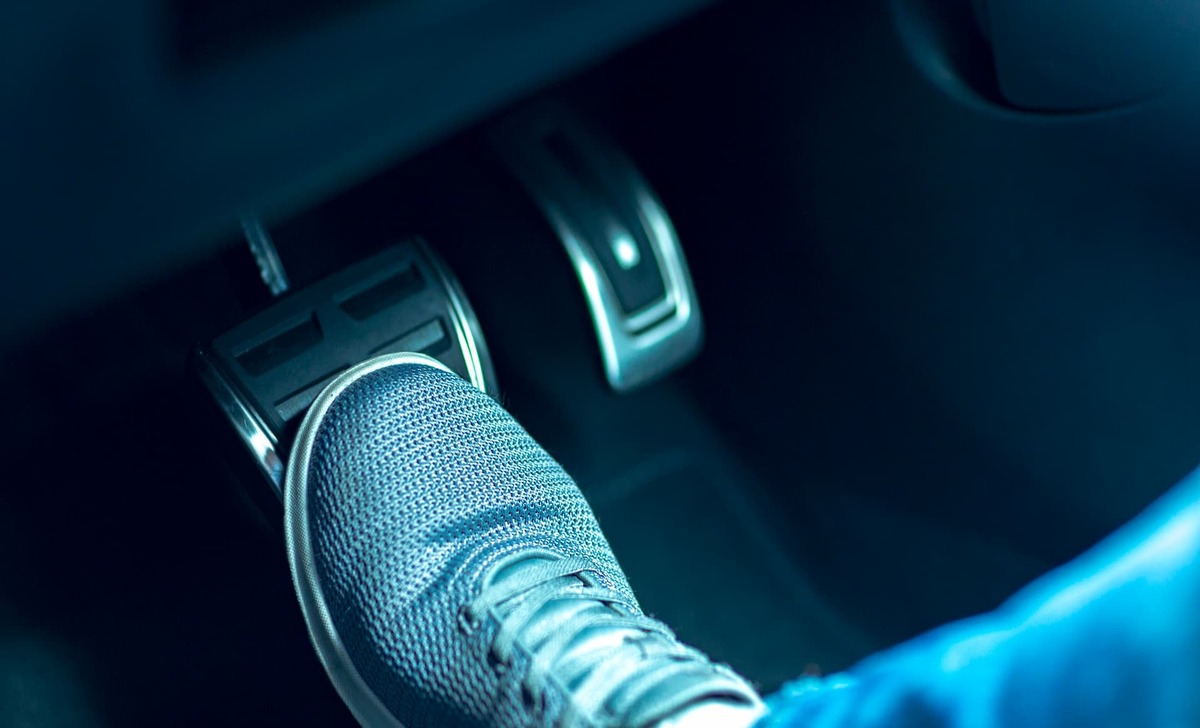
To release the gear from Park in a Mercedes-Benz C-Class (2000-2006 W203, W209, W210, W211), begin by engaging the brake pedal firmly. This is a crucial safety step, as it prevents the vehicle from moving unexpectedly. If your Mercedes Benz vehicle has a fault code or warning light related to the brake light or brake light switch, it might prevent the gear from shifting out of Park.
Ensure the brake lights illuminate when the pedal is pressed, indicating that the brake light switch is functioning correctly. If the brake light switch is faulty, it could hinder the gear release, necessitating its inspection or replacement to restore proper control over the vehicle’s gear system.
Step 3: Insert The Ignition Key And Turn It To The “On” Position
Insert the ignition key and turn it to the “on” position as per instructions. This step is crucial for the initial release of the gear. Turning the ignition key to the “on” position is an essential part of the gear release process, ensuring the proper functioning of the transmission system.
Step 4: Locate The Gear Lever And The Park Button/Release Mechanism
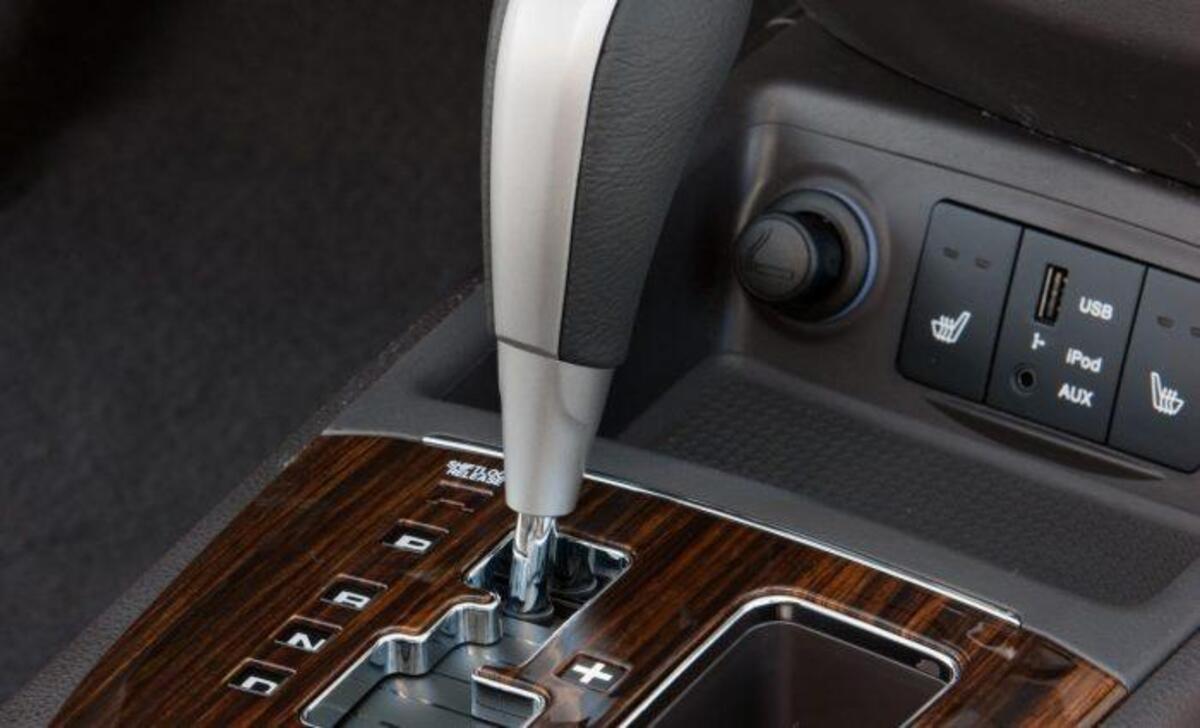
The parking mechanism, usually labeled with the letter “P,” is commonly located close to the bottom of the gear lever.
Press and hold the button while applying slight pressure to the gear lever. As you do this, you should feel the tension release and the gear lever move freely. After releasing the gear lever from the park, you can shift into the desired gear to resume your journey.
Step 5: Press And Hold The Park Button/Release Mechanism
Locate the Park button or release mechanism and press and hold it. This button or mechanism disengages the parking brake, allowing the vehicle to shift out of park mode. By pressing and holding it, you ensure the parking brake is fully released, and the gear can be shifted smoothly. This step is crucial to safely and effectively changing gears and proceeding with driving.
Step 6: Simultaneously Press The Brake Pedal And Move The Gear Lever To The Desired Gear
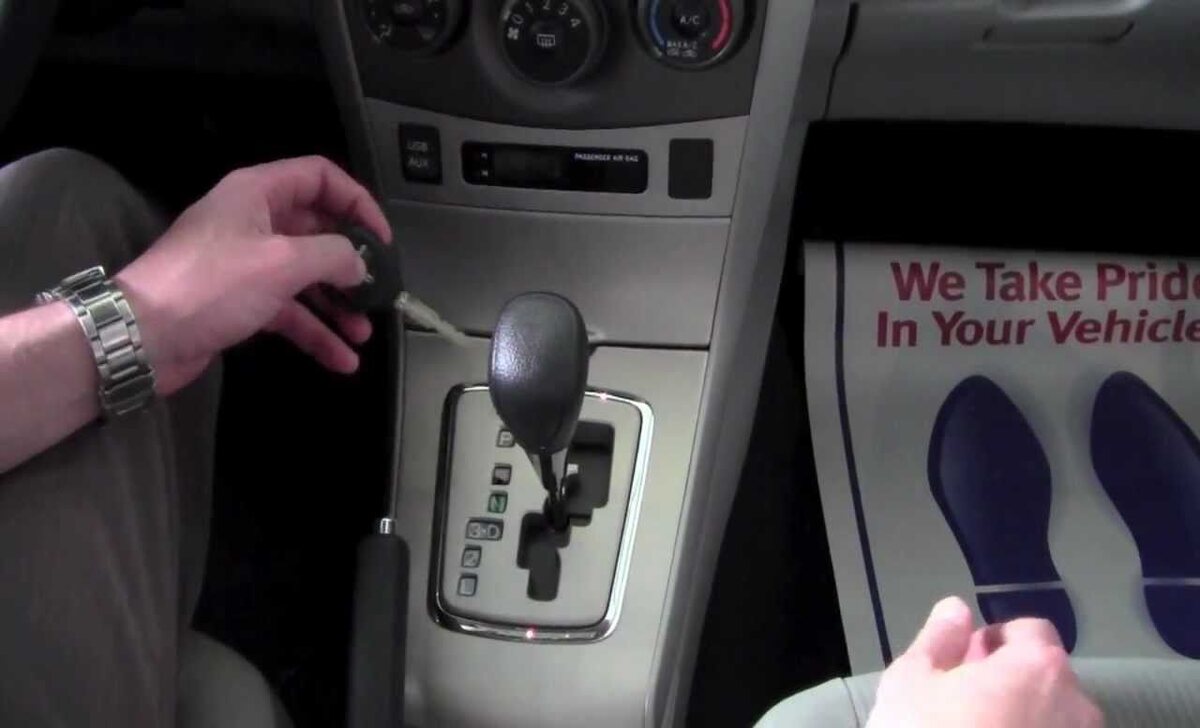
The simultaneous action involves pressing the brake pedal and moving the gear lever to the desired gear. This process ensures a smooth transition between gears and provides a seamless driving experience. By pressing the brake pedal, you engage the brake system, which is essential for safety.
Moving the gear lever to the desired gear engages the corresponding gear within the transmission, enabling the vehicle to move forward or backward. Remember always to exercise caution and follow proper procedures when operating your vehicle.
Step 7: Release The Park Button/Release Mechanism
This mechanism has specific designs to ensure the vehicle remains stationary when parked. To release it, gently press the Park button on the gear selector lever or console. As you press the button, you will feel a slight resistance.
Continue to hold the button down and simultaneously shift the gear selector lever to the desired gear, such as Drive or Reverse. After successfully shifting gears, release the Park button to free the gear and enable the vehicle to move. Ensure to exercise caution and follow proper safety procedures while operating your vehicle.
The Gear System In Mercedes-Benz C-Class W203
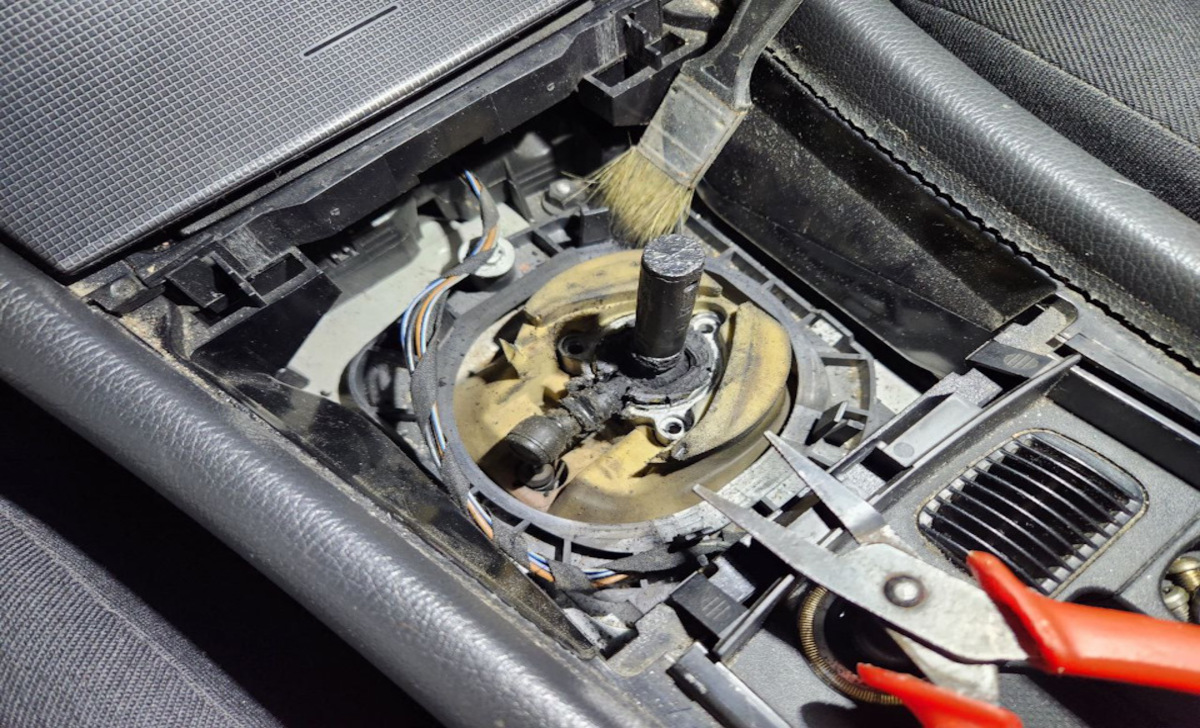
Understanding the gear types, like Park, Reverse, Neutral, and Drive, is crucial for smooth operation and troubleshooting gear shift issues. Knowing the functions and features of the Park gear is essential for safe vehicle operation and preventing gear shift problems. Familiarity with the gear selector positions ensures proper gear shifting.
The Gear System in the Mercedes-Benz C-Class W203 varies depending on the specific model, engine, and transmission options available. Here is an expanded chart showcasing the different gear ratios for each available combination:
Engine Options:
- C180 – 1.8L 4-cylinder engine
- C200 – 2.0L 4-cylinder engine
- C230 – 2.5L V6 engine
- C240 – 2.6L V6 engine
- C280 – 3.0L V 6 engine
- C320 – 3.2L V6 engine
- C350 – 3.5L V6 engine
Manual Car Gear Ratios:
| Gear | Gear Ratio |
|---|---|
| 1st | 3.91:1 |
| 2nd | 2.16:1 |
| 3rd | 1.37:1 |
| 4th | 1.00:1 |
| 5th | 0.83:1 |
| 6th | 0.67:1 |
| Reverse | 3.75:1 |
The gear selector positions on a similar object like the Mercedes-Benz C-Class W203 serve specific functions: Park locks the transmission, Reverse backs up the vehicle, Neutral disengages the transmission, and Drive engages it for forward movement. Understanding these positions is crucial for safe and efficient vehicle operation.
The Park gear securely immobilizes the transmission, preventing the vehicle from moving. Activating the Park gear engages the parking pawl, ensuring the transmission’s stability on level surfaces.
Two oil seals on the bottom of the gearbox need to be removed to access the release gear. Free up gear oil by removing the transmission gearbox. To do this, you will need to remove the three screws on the side of the gearbox and then flip it over.
Common Issues With Mercedes-Benz Gear Shift
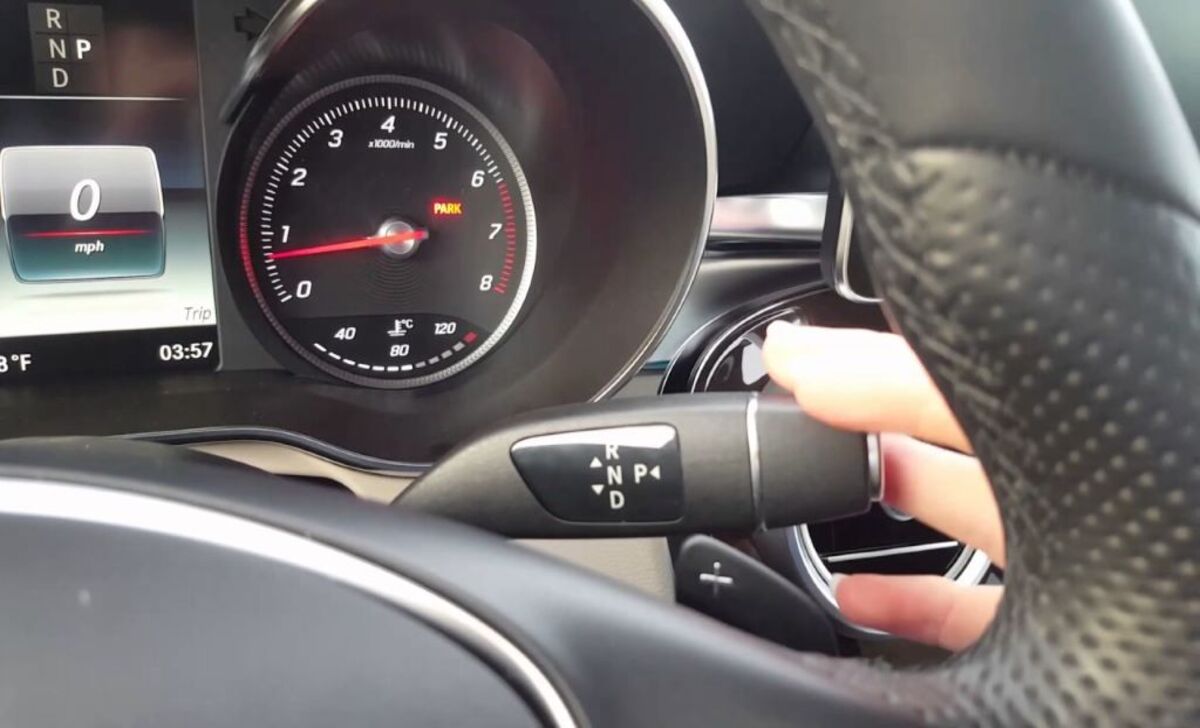
Gear shifting problems in Mercedes-Benz may stem from transmission fluid issues, shifter malfunctions, brake pedal switch troubles, malfunctioning gear shift selector modules, or automatic transmission issues.
These issues can cause the gear to become stuck, shift roughly, or impede smooth gear transitions. Experiencing issues with the gear selector or its linkage, malfunctioning transmission shift interlock, and faulty brake pedal switch can cause your Mercedes-Benz C-Class 2000-2006 W203 gear to remain stuck in the park.
- Gear Stuck in Park Problem
- Shifter Won’t Go Into Drive Issue
A damaged gear shifter assembly or problems with the automatic transmission can also lead to a similar object. Difficulty shifting into drive may arise from worn-out gear shift cable or transmission range sensor issues.
Additionally, problems with the gear selector or its linkage and a damaged gear shifter assembly can hinder the shifter from going into drive. Malfunctions in the automatic transmission can also cause this issue.
Maintenance Tips To Prevent Gear Shift Problems
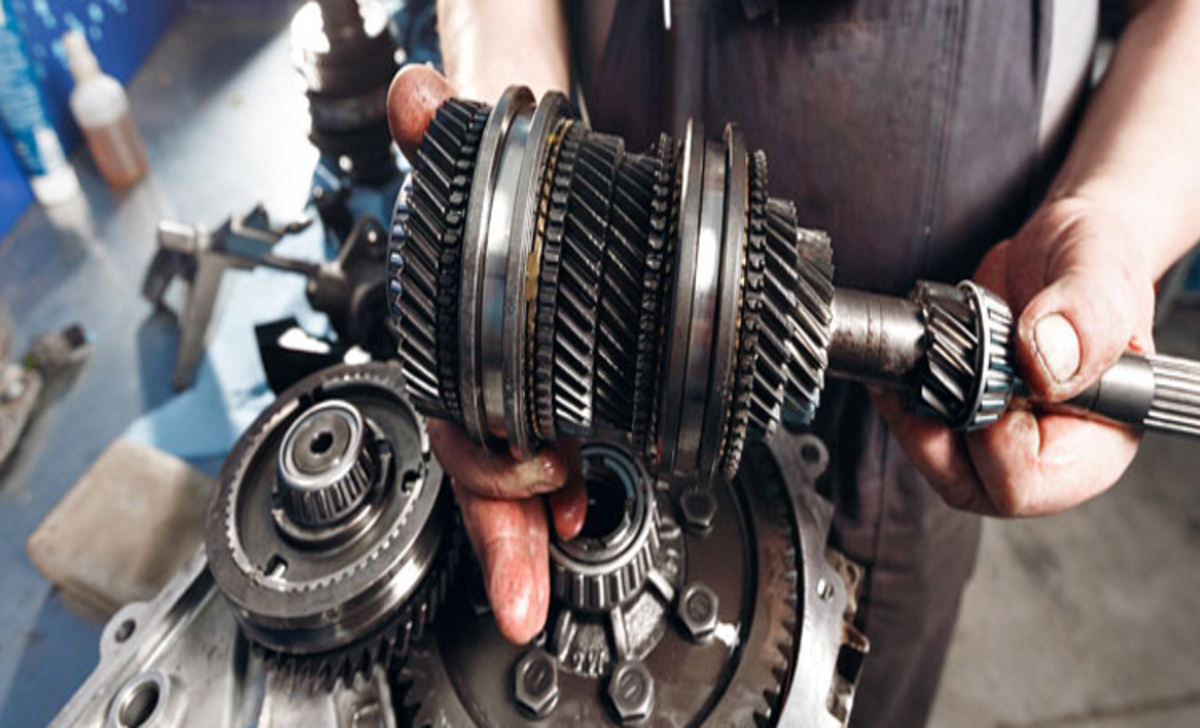
To prevent gear shift problems, regularly inspect and replace worn-out transmission shift cables. Ensure the brake pedal switch functions correctly, schedule maintenance for the gear shift selector module, and keep the shifter mechanism clean and well-lubricated.
Regularly check and maintain transmission fluid levels and quality. Regularly inspecting and cleaning the gear shifter mechanism can prevent gear shift issues. Proper maintenance and cleanliness of the gear selector linkage can also prevent shift problems.
- Regular Check-ups and Cleanliness
- Proper Lubrication of Shifter Mechanism
Proper lubrication of the gear shifter mechanism is essential to prevent sticking and gear shift problems. Regular lubrication of the gear selector linkage ensures smooth gear shifting, while lubricating the transmission shift interlock and cables prevents gear shift issues.
Gear Shifter Selector Lever Repair Tips
If your Mercedes-Benz C-Class 2000-2006 W203 gear selector lever is not working properly, you may need to repair it. The gear selector lever connects the car’s transmission to the drivetrain, so it needs to be in good condition for the car to operate smoothly.
You may experience problems shifting gears or moving the car if broken. In some cases, repairing the gear selector lever may require replacing the entire assembly. Before you start any repair, check your owner’s manual for specific instructions.
Transmission Options:
1. 6-speed manual transmission
2. 5-speed automatic transmission
3. 7-speed automatic transmission
Conclusion
Knowing how to release gear from the park Mercedes-Benz C-class 2000-2006 W203 is a simple process requiring a few steps. Ensuring the vehicle is parked on a level surface and the brake pedal is engaged is important.
The release of the new gear from Park Mercedes-Benz C-Class 2000-2006 W203 is an exciting development for Mercedes enthusiasts and car owners. With its sleek design and advanced technology, this new gear promises to enhance the driving experience and make the C-Class even more luxurious.
As we look towards the future of automotive innovation, Mercedes-Benz continues to lead the way with its top-of-the-line vehicles and cutting-edge features. We can’t wait to see what else they have in store.
Frequently Asked Questions
What Could Be The Reason For Gear From Mercedes Benz C Class 2000 2006 W203?
In Mercedes-Benz C-Class models (2000-2006 W203), a common reason for gear issues could be a faulty brake light switch, which prevents the gear from shifting out of Park. Additionally, fuel system problems like a malfunctioning fuel pump can cause performance issues, though not directly linked to gear shifting. These luxury cars require careful diagnosis to identify and repair the underlying damage.
What Should You Do If The Gear Selector Or Brake Light Switch Is Faulty?
If the gear selector or brake light switch is faulty, you should address the issue immediately. Check for any error codes or the check engine light for diagnostic information. This is a common problem that can impact vehicle control. Inspect brake pads and related components, and consider consulting a mechanic. Repairs typically take about an hour.
How Do You Calculate The Size Of A Space-Saver Spare Wheel And Tire?
To calculate the size of a space-saver spare wheel and tire, refer to the vehicle’s owner’s manual for recommended specifications. Measure the wheel diameter, width, and bolt pattern, and ensure the tire’s overall diameter matches the original tires to maintain proper vehicle clearance and performance. The sidewall height can be calculated from the tire size code imprinted on the tire.
What Should You Do If There Are Ignition System Problems?
If you encounter ignition system problems, first check the battery for charge and connections. Inspect spark plugs and ignition coils for wear or damage.
Ensure the ignition switch functions correctly. If issues persist, consult the vehicle’s manual and consider using a diagnostic tool to identify fault codes. For complex problems, seek assistance from a professional mechanic.
Is Mercedes Kompressor C230 Not Shifting Out Of 1st Gear?
If your Mercedes Kompressor C230 is not shifting out of 1st gear, it could indicate a transmission issue, such as a faulty transmission control module, low transmission fluid, or a problem with the valve body. It might also be related to an electronic fault or sensor malfunction. Consulting a professional mechanic for a thorough diagnosis is recommended.
Why Does Your Manual Transmission Not Shift In Reverse Gear?
A manual transmission might not shift into reverse gear due to several reasons, including a misaligned or damaged shift linkage, worn or damaged synchronizers, or a malfunctioning clutch not fully disengaging.
Other potential issues include low transmission fluid levels or internal transmission problems. Inspecting these components can help diagnose and resolve the issue.
How Do You Troubleshoot The Crankshaft Position Sensor?
First, check for fault codes using an OBD-II scanner to troubleshoot the crankshaft position sensor. Inspect the sensor and its wiring for any visible damage or corrosion.
Use a multimeter to test the sensor’s resistance and output voltage. Ensure the sensor is properly aligned and clean. If these steps don’t resolve the issue, consider replacing the sensor.


